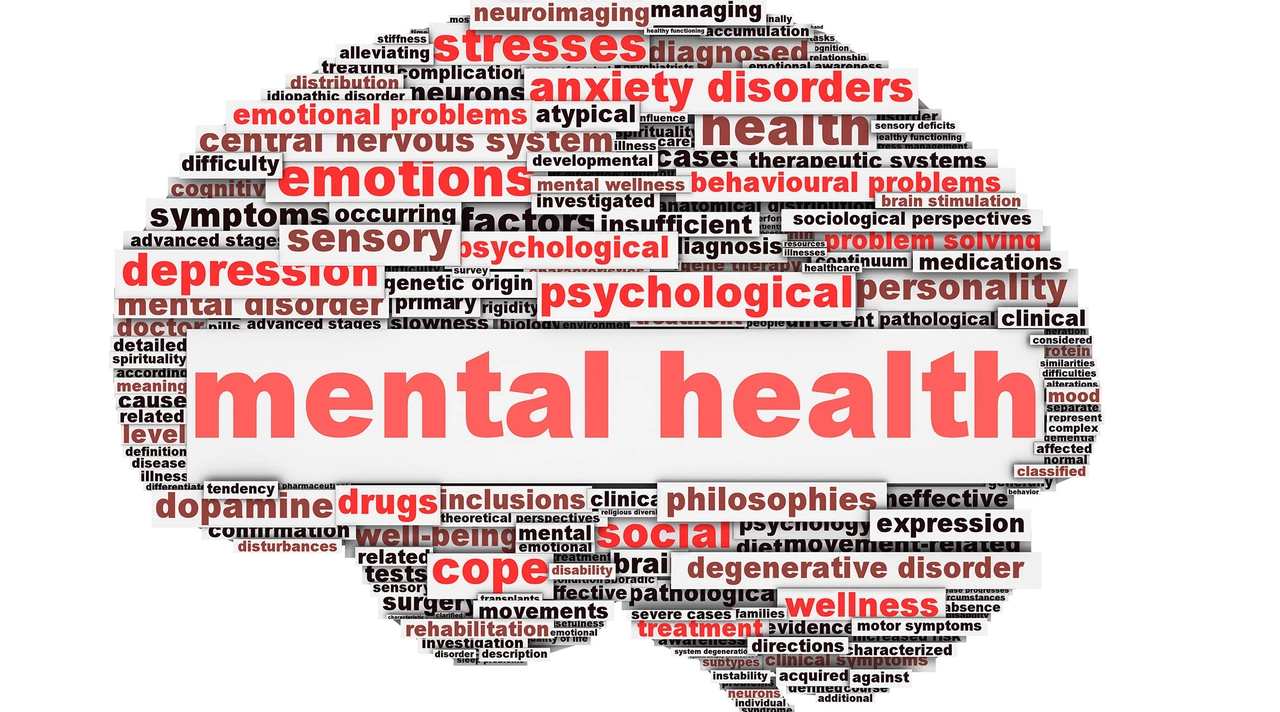Bone damage: what causes it and what to do
Bone damage ranges from a small crack after a fall to gradual loss of bone strength over years. You don’t always notice it right away. Some problems hurt a lot, others build silently until a break happens. Knowing common causes, warning signs, and easy prevention steps helps you avoid long-term trouble.
Common causes and who’s at risk
Trauma is the obvious one: falls, car crashes, sports injuries. But many cases come from everyday health issues. Osteoporosis — weaker, thinner bone — develops with age and low estrogen or testosterone. Long-term use of some drugs, especially systemic corticosteroids, speeds bone loss. Certain cancer treatments, heavy alcohol use, smoking, poor diet (not enough calcium or vitamin D), and low physical activity also raise risk. Rarely, infections, tumors, or blood vessel problems can damage bone directly.
If you’re older, take steroids regularly, have had multiple falls, or have a family history of fractures, you should pay attention. Men get bone loss too, especially after age 70 or with hormone problems.
Warning signs and when to see a doctor
Pain that won’t go away, swelling, or trouble using a limb are clear signs. A sudden deformity or inability to put weight on a limb needs urgent care. Silent bone loss shows up as low-trauma fractures (for example, a broken wrist from a simple slip) or a loss of height over time. If you wake up with new back pain and are older, check for possible spine fractures.
Primary tests doctors use are X-rays for obvious breaks, DEXA scans to measure bone density, and MRI or bone scans when infection or subtle fractures are suspected. Blood tests can check calcium, vitamin D, and hormones.
Prevention and simple fixes are often under your control. Eat enough calcium (dairy, leafy greens, fortified foods) and get vitamin D from safe sun exposure or supplements if advised. Do weight-bearing and balance exercises — brisk walking, dancing, heel raises, or light strength training — to build and keep bone. Stop smoking and limit alcohol. Clear tripping hazards at home and use grab bars if balance is shaky.
Medication reviews matter. If you take steroids or other long-term drugs, ask your doctor about bone-protecting options and dental precautions (some bone drugs affect jaw healing). When a fracture happens, treat it quickly and follow rehab guidance to avoid stiffness and weakness.
Small, steady actions beat big, late fixes. Monitor risk factors, get checked if you fall or have persistent bone pain, and use diet, exercise, and medical advice to keep bones strong. If you want, check DoctorAlexa Pharmaceuticals’ guides on medications and bone risks for deeper reading tailored to specific drugs and situations.

The Psychological Effects of Living with Bone Damage
Living with bone damage has a significant impact on our mental health, as it often leads to chronic pain and limited mobility. This can cause feelings of frustration, helplessness, and isolation, as we struggle to perform daily tasks and participate in social activities. Furthermore, the constant pain can disrupt our sleep patterns, leading to increased stress and anxiety. It's crucial to seek professional help to manage these emotions effectively, and to maintain a support network of family and friends who can provide understanding and encouragement during challenging times. By addressing the psychological effects of bone damage, we can work towards improving our overall quality of life.
More Detail